“¿Que es Flamenco?” translates to “What is Flamenco?” To the people living in Andalucia, the southern autonomous community of Spain, Flamenco is everything. Flamenco is a genre of music that includes singing, dancing, guitar playing, and many other styles. Although America is called a melting pot today, Spain can be thought of as a melting pot as well since it has been influenced by Greeks, Romans, and Phoenicians. These power houses constructed Spain as we know it today. Flamenco specifically adopted some characteristics of Arabic as well in the music.
During my time so far in Cadiz, I have had the opportunity to watch live concerts (Part 1& 2), learn to dance Flamenco, and talk about some of the history with locals here. Like any other expression of art, Flamenco isn’t something everyone does here, but it is something everyone shows appreciation for. Try talking at a concert while someone is belting out a piece, and you will definitely be hushed by the crowd! I have grown to appreciate the passion performers convey; its incomparable to any artists I’ve seen in the United States.
Although just skimming the surface for now and will be learning more about Flamenco during my time here, I got the chance to hear a break down about how Flamenco it all flows together. Today, two local performers spoke generally about it all. To summarize , here are some facts I learned today along with my own observations:
- Flamenco to Andalucia is like Jazz to America. Its an expression of how the artist’s feels. This can be the sorrows felt during their hardships throughout their life, like a break up or living in poverty. It can also be a way of story telling with a more upbeat and happy vibe.
- Flamenco dancing is not easy to do. During my first class, I felt like I had two left feet and could not coordinate my arms. Although I went in and danced with confidence, it definitely did not look good. Also, it didn’t help that I had no idea what the dance commands were in Spanish so I blindly followed along in the mirror. I enjoyed myself in the end which is all that matters :).
- Flamenco must be done with soul and passion. Google “Flamenco” and you will see many artists whether singing, dancing, or playing an instrument using great expression while performing. Look closely at the change in facial expression or the strength and tone in the voice.
- As I mentioned before, its not something everyone in Andalucia does. Flamenco is not something that can be learned, but something innate.
- Clapping isn’t just clapping. There are ways that one shapes their hands to change the sound and arms must be held up about shoulder height. Two ways I’ve learned is the cupping of both hands to make a deeper sound, while fingers to a slightly cupped palm makes a higher sound. Clapping is used to keep the rhythm whether it is or is not accompanied by an instrument.
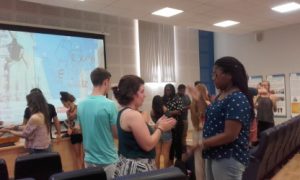
Here I am (right) trying to practice the clapping rhythm with a classmate
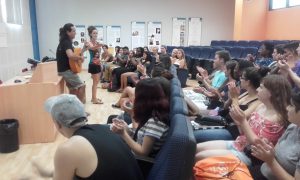
Our amazing Flamenco teachers showing us how to clap on beat
Here is a clip of an activity we did with our Flamenco teachers
While in Cadiz, I have the privilege of studying at the University of Cadiz where class isn’t just learning how to speak the language, but also learning about Cadiz and Spanish culture as a whole. One class we were able to discuss one of the most well known guitarist, Paco de Lucia. He changed the game when it came to playing Flamenco. His skill set was incomparable and his stage presence left people in awe. Paco de Lucia crossed into other genres like classical music. I could go on, but you just have to see for yourself how amazing this man truly is (click here). Another artist I have to mention is Cameron de La Isla who is a well known Flamenco singer. I may be giving biased reviews due to the fact they both are Cadiz natives, but they truly have unique talents. Here is both Cameron and Lucia working together.
Although I am half-way through the program, I am so happy with all that I’ve learned so far and I look forward to what’s ahead. Cadiz is such a lively city thats full of vibrant culture and welcoming people. Its no surprise why its called “The Smiling City”. Every day I can’t help but smile and know I’m experiencing a completely different lifestyle in a historical town learning another language.
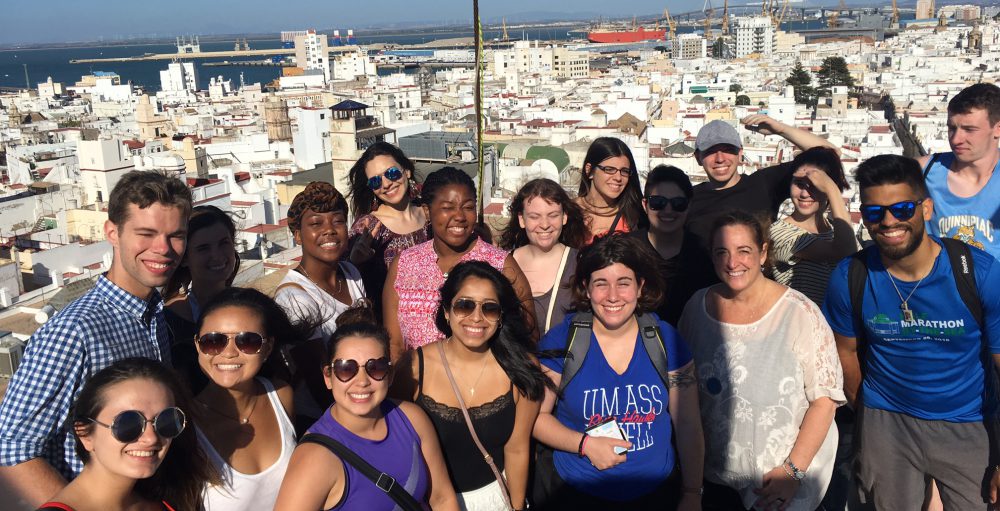
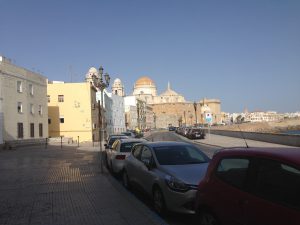
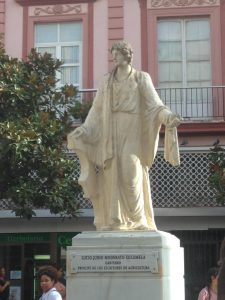
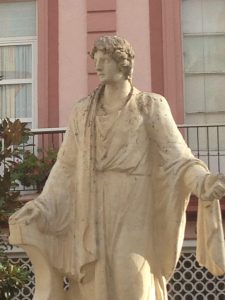
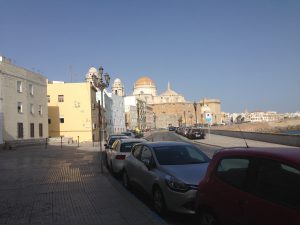 Ever have a dream that you could do anything? A dream where you could go anywhere in the world and see all the differences to that of the life you’re living now? Any place that speaks a different language, eats different food and goes about their day-to-day?
Ever have a dream that you could do anything? A dream where you could go anywhere in the world and see all the differences to that of the life you’re living now? Any place that speaks a different language, eats different food and goes about their day-to-day?